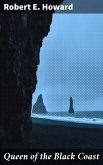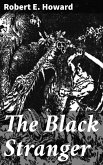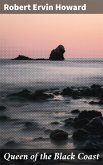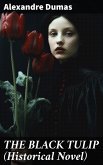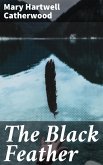In "Beyond the Black River," Robert E. Howard ventures into the heart of his distinctly original Hyborian Age, blending elements of sword-and-sorcery with a gripping narrative that explores the conflict between civilization and barbarism. The novella showcases Howard's signature vivid prose and immersive world-building, as he follows the adventures of Conan the Barbarian on the dangerous frontier of the Black River, where the human and supernatural intermingle. Howard'Äôs exploration of themes such as the encroachment of civilization on untamed wilderness and the primal instincts of humanity reflects broader anxieties of the early 20th century, encapsulating the tensions between modernity and tradition, and the ever-present allure of the heroic ideal in literature. Robert E. Howard, an influential figure in the pulp fiction movement, drew upon his profound interests in history, mythology, and folklore to craft his narratives. Growing up in Texas, Howard was surrounded by tales of adventure and heroism, which undoubtedly shaped his fascination with barbaric heroes like Conan. His prolific output and imaginative prowess cemented his reputation as a pioneer of the fantasy genre, and his works continue to resonate with readers today. For fans of fantasy literature and those intrigued by the duality of civilization and savagery, "Beyond the Black River" serves as both an exhilarating tale of adventure and a profound commentary on the human experience. Howard's masterful storytelling combines gripping action with philosophical undercurrents, making this novella a must-read for aficionados of heroic fantasy.
Dieser Download kann aus rechtlichen Gründen nur mit Rechnungsadresse in A, B, BG, CY, CZ, D, DK, EW, E, FIN, F, GR, H, IRL, I, LT, L, LR, M, NL, PL, P, R, S, SLO, SK ausgeliefert werden.



